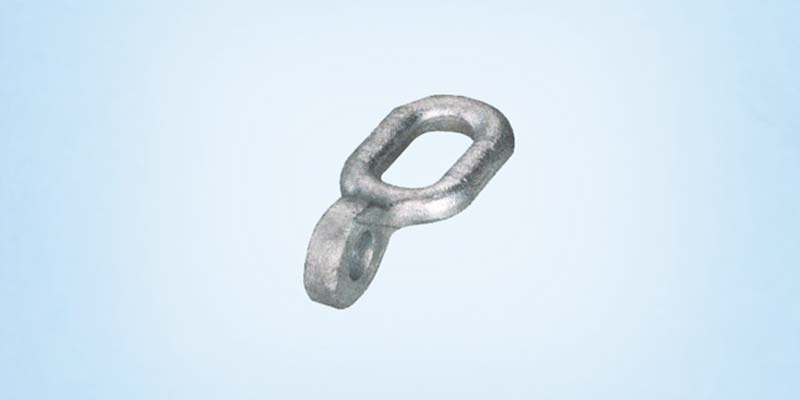- Contact Innally, Let you purchase forgings in China more favorable prices, products more assured!
- Hotline:+(86)15038323776 Email:innally@innally.com
Advantages of power distribution and transmission forgings
- Category: Aluminium alloy forging, Electric power fittings
- |
- Date: 28/08/2023
power distribution and transmission forgings are widely used in the power industry because of their advantages such as high strength, good mechanical properties, strong corrosion resistance, improved work efficiency and optimized design.
Product Details
The advantages of power distribution and transmission forgings include the following:
High strength: Through the forging process, the grains in the metal material can be rearranged, increasing the crystalline boundary and the number of dislocations of the metal material, improving the strength and hardness of the material, so as to have better impact resistance and tensile strength, and can withstand larger loads.
Good mechanical properties: the organization structure of forgings is uniform and dense, no pores, cracks and other defects, with excellent toughness and plasticity, can adapt to complex working conditions, effectively prevent mechanical damage and fracture.

Strong corrosion resistance: Through reasonable material selection and surface treatment technology, forgings can have high corrosion resistance, can work under harsh environmental conditions, and extend the service life.
Improve work efficiency: Compared with traditional casting or welding manufacturing methods, forging can be formed at one time or less, effectively improving production efficiency and reducing process flow and equipment investment.
Optimized design: Forgings can be customized according to actual needs, shape and size can be flexibly adjusted to adapt to different engineering requirements, reducing material waste and energy consumption.
In short, power distribution and transmission forgings are widely used in the power industry because of their advantages such as high strength, good mechanical properties, strong corrosion resistance, improved work efficiency and optimized design.
nannan
INNALLY mainly provides you with various types of cast and forged parts products. Welcome your inquiries! innally@innally.com
Related Products
Search
Forging center
- Steel forgings
- Aluminium alloy forging
- Titanium alloy forging
- Stainless steel forging
- Copper forging
- Automotive forgings
- Locomotive forging
- Bicycle forgings
- Motorcycle forging
- Rigging and fasteners
- Bearing forging
- Electric power fittings
- Marine forging
- Mechanical forgings for metalworking
- Mining machinery forgings
- Marine engineering forgings
- Construction machinery forgings
Popular product

© 2025. All Rights Reserved.






